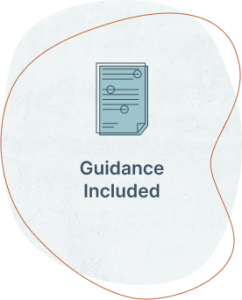An Amendment and Restatement Agreement is a convenient and efficient way to make changes to a commercial agreement. The amendments made and the original agreement are encompassed in a single, complete document rather than being spread across multiple sources and materials.
What are amendment and restatement agreements?
There are generally no legal rules as to how a commercial agreement can be amended. A contract will usually however specify that any variation of it must be in writing and signed by the parties. This is to reduce the possibility that a non-written, for example verbal, communication exchange between the parties or perhaps the conduct of the parties themselves will amount to an unintended variation of the original agreement.
As a result, variations to contracts can be made in simple written documents signed by each of the parties and often executed as a deed to reduce the risk of the variation being unenforceable due to a lack of contractual consideration.
Some agreements are often amended on more than one occasion, for example commercial loan agreements, shareholders agreements and long-term supply and services agreements. A loan agreement may be amended, for example, to extend the loan repayment period or to document agreed changes to terms due to a previous event of default by the borrower. A shareholder’s agreement may be amended to encompass terms required by a new investor.
Each contract amendment could be set out in one of a series of separate documents, which then requires all the amendments and the original agreement itself to be read together in order to understand the up-to-date and complete legal agreement between the parties. This creates the potential for confusion and dispute between the parties as to the current terms, as well as being administratively onerous to manage.
As an alternative and by contrast, an Amendment & Restatement Agreement replaces the contract in its current state in its entirety but in its amended form. Going forward, the parties only need to refer to a single document to understand the latest contractual terms and position.
By entering into an amendment and restatement agreement, the original contract (or, if it has already been amended, the latest form of the contract) is:
- “amended” by the agreement of the parties to the new form of the contract as amended and restated
- “restated” by the agreement being repeated (restated) in the form which incorporates the agreed amendments.
Benefits of an amendment and restatement agreement
- Certainty and risk reduction – An Amendment & Restatement Agreement creates certainty as to the latest contract terms between the parties, helps avoids future confusion and reduces the risk of potential future contractual disputes.
- Efficiency and cost effectiveness – An Amendment & Restatement Agreement can be quicker and more efficient to agree and document than a separate document which sets out each agreed variation separately. They can also help reduce legal costs and management time of the contracting parties.
At PaperRock, we have a range of legal document templates which deal with the management of your contracts and different events or changes which take place during the term of your contracts. These might be:
- change to the parties, including an assignment or novation of the contract
- change to the terms
- termination of the agreement
Each template is written in plain English and is accompanied by clear explanatory guidance on the document and its use.
For more details, visit Contract management.
PaperRock provides a trusted source of legal business templates, drafted by practicing, experienced legal professionals in the UK. Our instant download templates are clear, easy to use, and always legally up to date. Experience legal expertise at your fingertips. Visit www.paperrockdocs.com.












